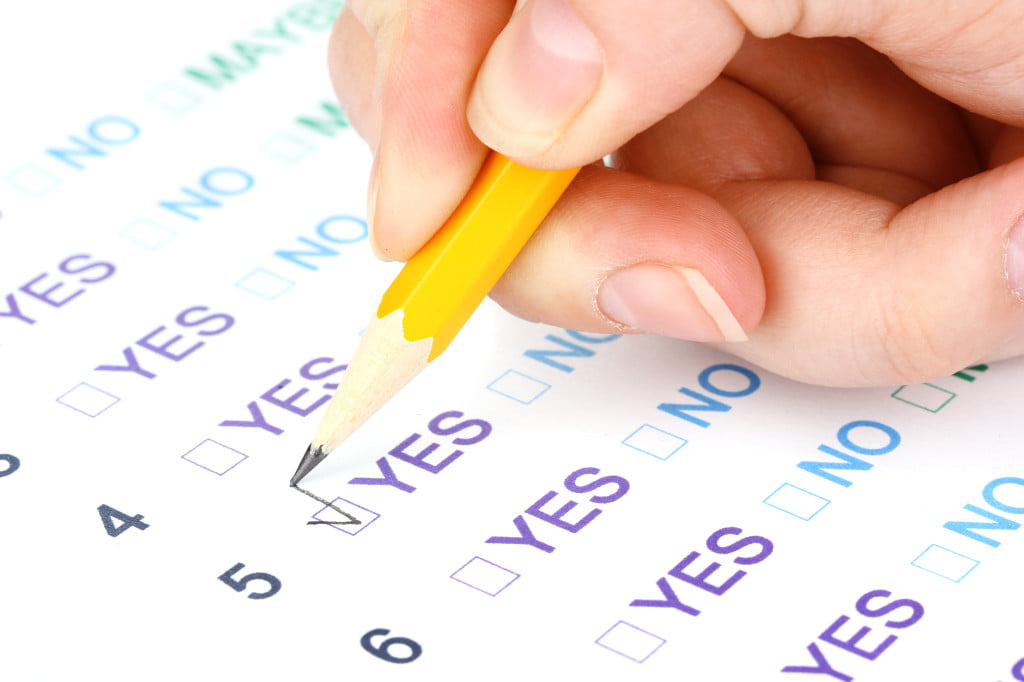This article has been our most read and shared article since it was originally published in 2010. We have updated it regularly. Author and nonprofit attorney Mollie Cullinane previously worked as a fundraiser and development officer and was a member of AFP, so she knows what nonprofit organizations must include in donor tax receipts – both legally and practically.
What are donor acknowledgment letters?
Donor acknowledgment letters are more than just a “thank you” letter. Most tax-exempt organizations have certain requirements to follow — including providing donors with a donation “receipt” — often called an acknowledgment letter.
Donors giving more than $250 in a single contribution to a tax-exempt nonprofit organization need a written acknowledgment from the organization to claim that deduction on their individual income tax return.
Does it have to be in a certain format?
Proper written acknowledgments can include many forms — letters, e-mails, or postcards. There is no official IRS form that the exempt organization has to complete.
When does the nonprofit need to send the written acknowledgment letter to donors?
The IRS sets out that acknowledgments must be provided “in writing, at the time of solicitation or when the payment is received, and in a way that will come to the attention of the donor,” according to IRS Publication 1771.
For the letter to be considered “contemporaneous” with the contribution, “a donor must receive the acknowledgment by the earlier of: the date on which the donor actually files his or her individual income tax return for the year of the contribution; or the due date (including extensions) of the return.”
Generally, most nonprofit organizations provide written acknowledgment by January 31 of the year following the receipt of the contribution. In this way, the donor will have time to prepare their tax returns.
We advise that organizations provide written acknowledgment to donors in a timely manner — as close to the receipt of the gift as possible. We believe that expressions of thanks are like pancakes – they need to be served right away!
What to include in donor acknowledgment letters?
Again, the IRS requires that a tax-exempt organization send a formal acknowledgment letter for any donation that is more than $250. The donor will use this letter as proof of his or her donation to claim a tax deduction.
The acknowledgment to the donor should include the following:
- Tax-exempt status statement: Statement that the organization is a 501c3 tax-exempt organization. Include the nonprofit’s EIN so the the donor can to check the charity’s tax-exempt status with the IRS.
- Name of the organization (the charity) and name of the donor.
- Date of the contribution: The date the donation was received.
- Contribution Details
- For cash (checks, credit card, payroll deduction): The amount of the contribution received.
- For non-cash gifts: A description (but not the value) of the non-cash contribution.
- Statements – Good Faith Estimates of Value of Goods or Services. Ask: Did the donor receive any goods or services in exchange for the gift?
- Include a statement that no goods or services were provided by the organization in exchange for the contribution, if that was the case.
- If any goods or services were provided by the organization in exchange for the contribution, include a description and good faith estimate of the value of those goods or services. (Example: A fundraising dinner event where some of the funds received from the donor pays for the actual dinner, while the rest is a donation.)
- If the goods or services that were provided to the donor were insubstantial token amounts, note that, too. (Example: very small gifts with the organization’s name or logo – like number sticker, coffee mug. See below.) Or, provide a statement that goods or services (if any) that the nonprofit provided in return for the contribution consisted entirely of intangible religious benefits, if that was the case .
Some Examples
Cash donation:
“Thank you for your contribution of (insert amount of cash donation) on Date. No goods or services were provided in exchange for this contribution. Name of NP is an exempt organization as described in Section 501(c)(3) of the Internal Revenue Code; EIN ##.”
You can make this a fun, too! We like seeing a message tied to the nonprofit’s work. For example:
“Thank you for your contribution of (insert amount of cash donation) on Date…No benefit was bestowed upon this donor in exchange for this contribution…other than the joy of giving to an organization that supports arts programs for children. We are an exempt organization as described in Section 501(c)(3) of the Internal Revenue Code; EIN ##.”
For a non-cash item:
Why does this matter?
Key Question: Is the Donor Receiving Something in Return for Their Donation?
When a tax-exempt entity provides a good or service in exchange for a donation of more than $75, the nonprofit organization has to (1) provide the donor with written notice of the fair market value of those goods or services received and (2) tell the donor that only a portion of the donation that exceeds the fair market value is tax-deductible.
The nonprofit will make a good faith estimate of the fair market value of the item or service and inform the donor. Generally, the nonprofit’s good faith estimate of the value of goods and services will be treated as the fair market value, and the donor can rely on that estimate (unless the donor knows that estimate is unreasonable).
What else to include in a donor tax receipt?
- Tell the donor how the organization used their donation. What did it help the organization accomplish? How many clients did it serve? What good did you do with the gift?
- Let donors know what goals your group accomplished and what objectives you are working towards.
- Keep your donors engaged by letting them know about the work your organization is doing today. Invite them to participate in volunteer events. Use regular reports to share your progress through statistics that show how their money is being spent.
- Include personal stories and quotes from staff, volunteers, or clients.
Get Some Help from Award-Winning Lawyer for Nonprofits
Mollie Cullinane loves to help nonprofit organizations with their fundraising acknowledgements. Ready for some one-on-one help? Would you like templates for your organization or its development office? Contact us to learn more.
IRS Publication 1771: Charitable Contributions – Substantiation and Disclosure Requirements



